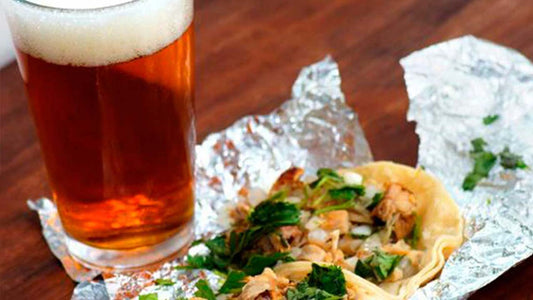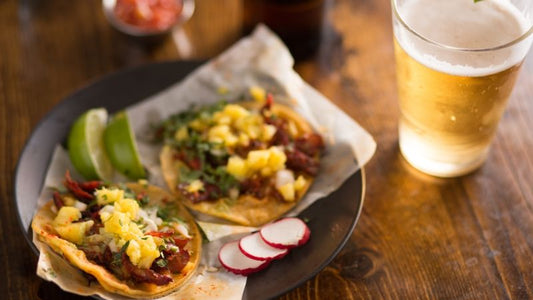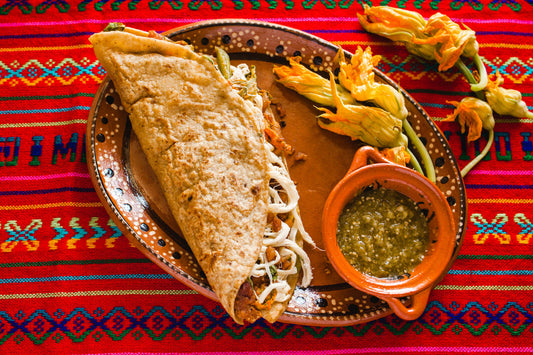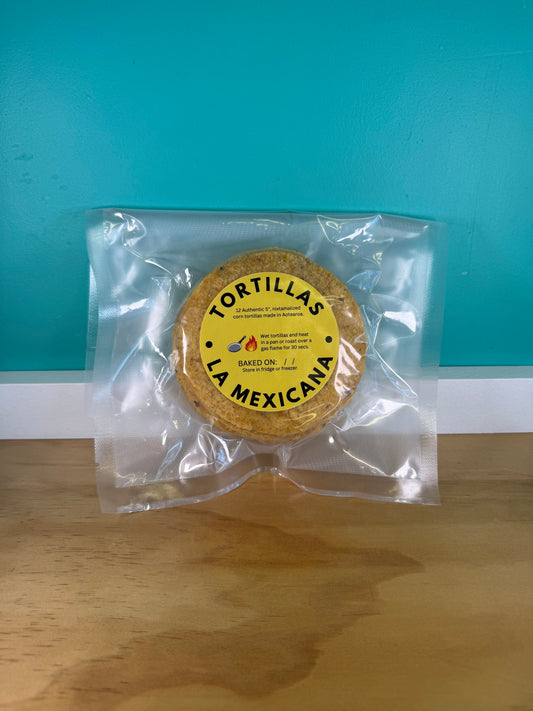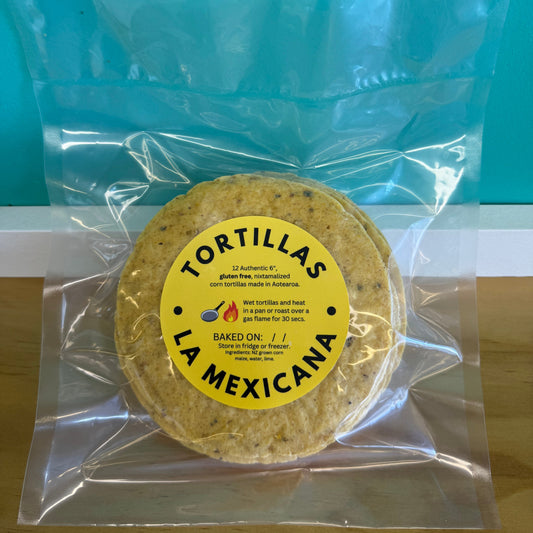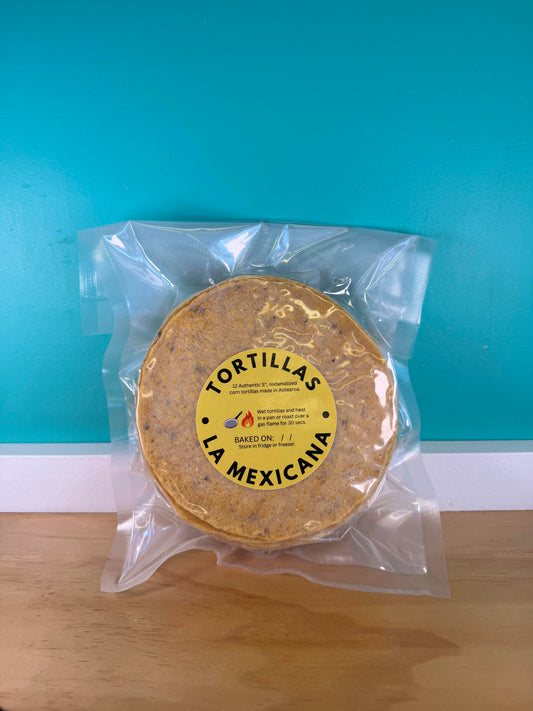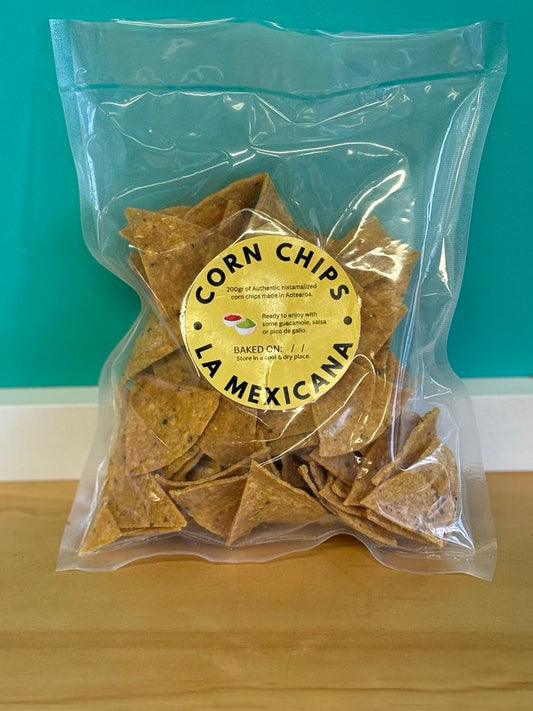Culinary regions of Mexico

Share
Mexican food is so vast it's very difficult to define succinctly without omitting some fundamental aspects of it. So vast, it’s been declared as an Intangible Cultural Heritage of humanity by UNESCO. So where does one start? What is really Mexican food? Why hard shell tacos with sour cream and cheddar are any Mexican’s worst nightmare- but fried flautas with lettuce, cheese and sour cream are game? Why are chilaquiles Mexican but Nachos not so much? Why are corn tortillas more authentic than wheat tortillas? Where are burritos really from? What chilli goes with what dish? Baja fish tacos? Chimichangas? Is it called fajitas or alambre? Well, it all depends on which part of the country you are from. Could it seem, to the untrained eye, as if we Mexicans seem to lack a general consensus on what’s Mexican food and what’s a tasty, delicious but yet imitation of Mexican food?
Mexico is a country with a rich culinary history, and its cuisine is divided into several regions, each with its own unique flavors, ingredients, and cooking techniques. These regions are:
- Centre. The capital city of Mexico is known for its street food, which includes a wide variety of tacos, tamales, and other traditional dishes. The cuisine of this region is influenced by a mix of indigenous, Spanish, and other European cultures. Puebla is known for its traditional mole poblano and chiles en nogada. Puebla's cuisine is known for its mix of indigenous and Spanish flavors, and its sophisticated use of herbs and spices. The region is also known for its traditional dishes such as cemitas, chalupas, and tacos arabes.
- South East: The Yucatan peninsula is known for its Mayan cuisine, which is heavily influenced by the local tropical climate and the use of traditional ingredients such as achiote, habanero peppers, and sour orange. Dishes such as cochinita pibil, sopa de lima, and papadzules are popular in this region.
- South Pacific: this region is known for its complex and flavorful cuisine that is heavily influenced by the indigenous Zapotec and Mixtec cultures. The region is known for its use of mole sauces, which are made with a combination of chilies, spices, and chocolate. Oaxaca is also known for its traditional dishes such as tlayudas, tamales, and mole negro.
- Gulf of Mexico: this is coastal region known for its seafood dishes. The cuisine is heavily influenced by African, Spanish, and indigenous cultures. The region is known for its dishes such as arroz a la tumbada, huachinango a la talla, and mole verde.
- North Pacific: The Baja California region, especially the city of Tijuana and Ensenada is known for its fusion cuisine. The region combines traditional Mexican dishes with those from other countries, such as seafood, sushi and sandwiches.
- Northern Mexico: Northern Mexico is known for its hearty, rustic cuisine, as well as Lamb and goat barbecues. The region is heavily influenced by Tex-Mex cuisine, which is a blend of Mexican and American flavors. Dishes such as carne asada, barbacoa, and machaca are popular in this region.

